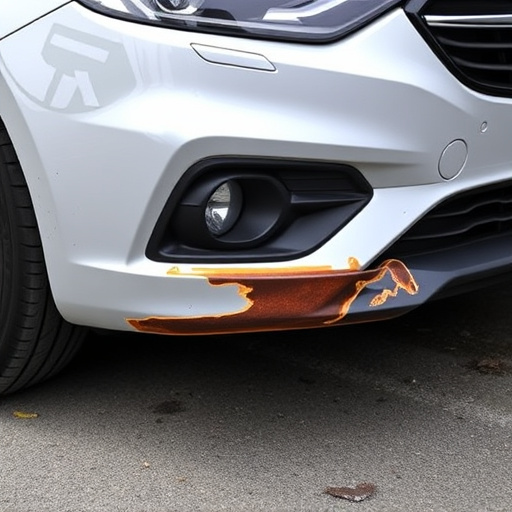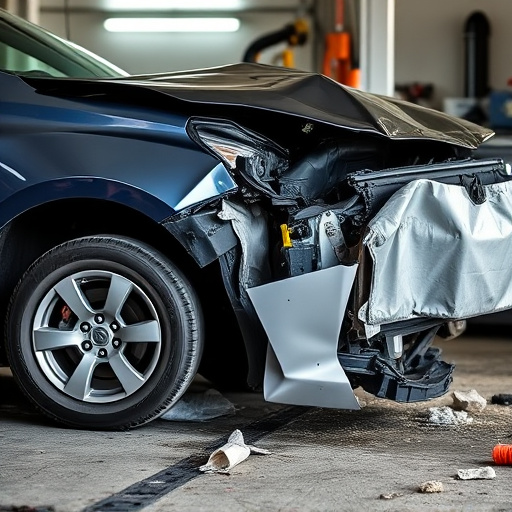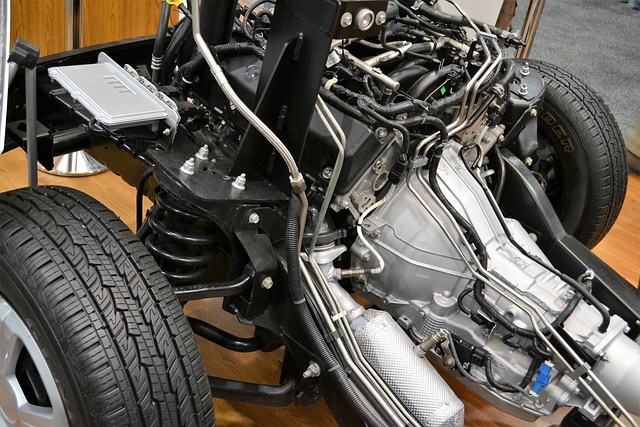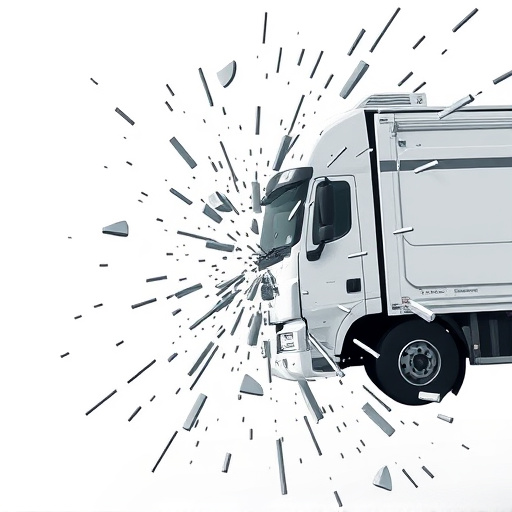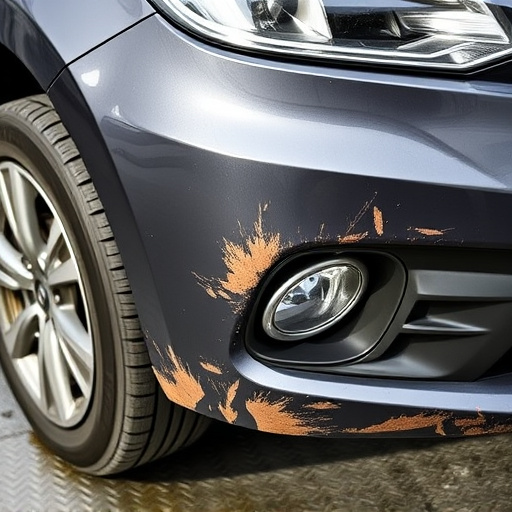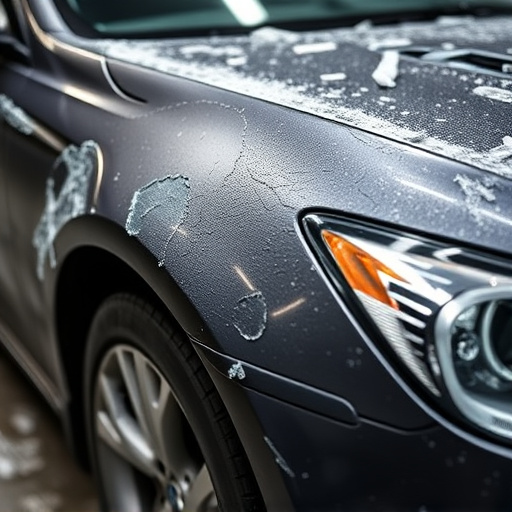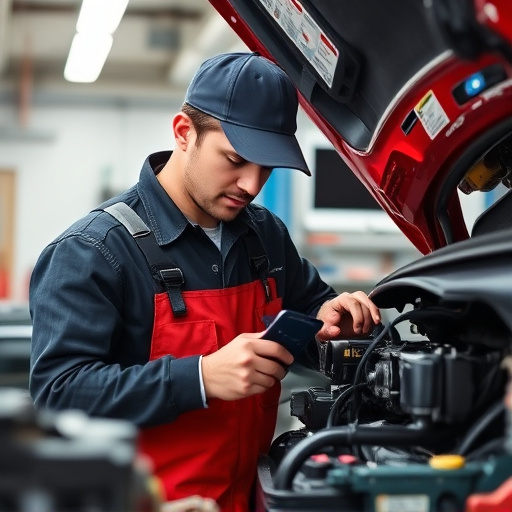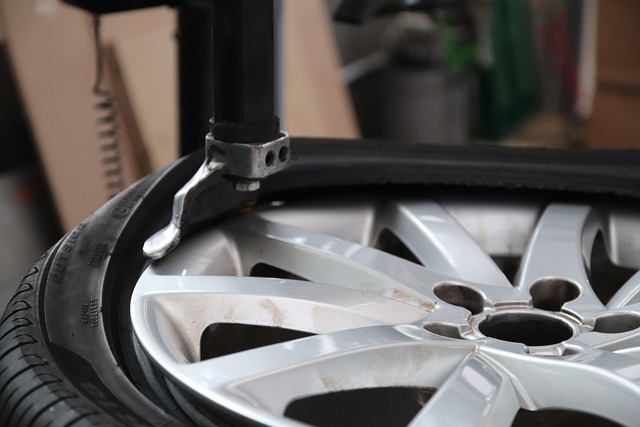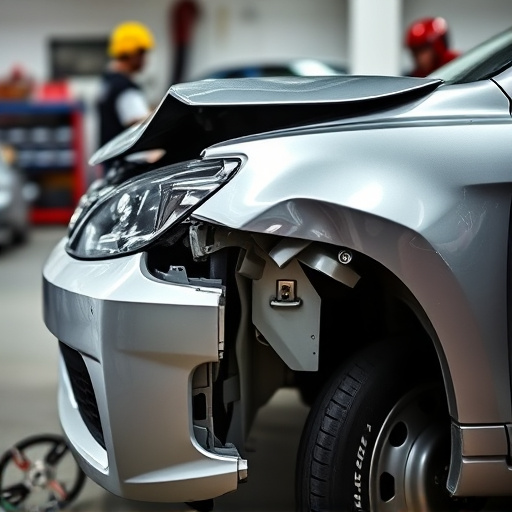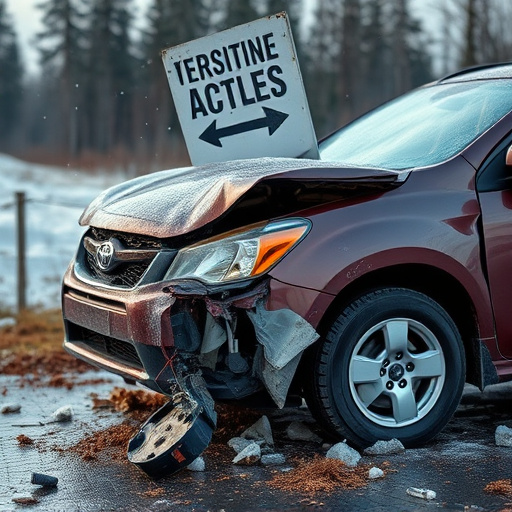A Tesla totaled vehicle assessment uses advanced scanning tools to evaluate structural integrity, electrical systems, and safety features. This process helps determine whether to repair or rebuild, ensuring safety and quality standards. Interpret the assessment report to guide repairs, focusing on body panels, frame, and component functionality. Choose reputable shops with advanced equipment for accurate restoration.
“When a Tesla encounters a significant incident, understanding the assessment process is crucial for owners navigating the repair journey. This article offers an in-depth look at Tesla’s totaled vehicle assessment, from initial evaluation to diagnostic scans that reveal key data. We’ll explore what information is gathered and how to interpret results effectively. Additionally, we provide insights into the repair process, ensuring you’re equipped with knowledge when faced with Tesla totaled vehicle assessments.”
- Understanding Tesla Totaled Vehicle Assessment Process
- What Data is Collected During Diagnostic Scan?
- Interpreting Results and Repairing Your Tesla After Totaling
Understanding Tesla Totaled Vehicle Assessment Process
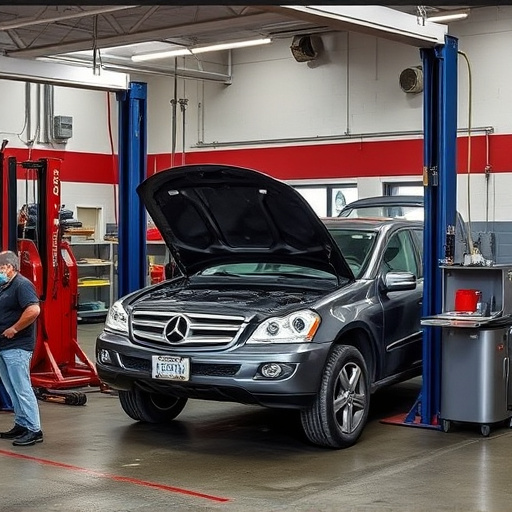
When a Tesla experiences significant damage, understanding the totaled vehicle assessment process is crucial for owners. This involves a comprehensive evaluation by certified technicians who scrutinize every aspect of the car, from structural integrity to electrical systems. The goal is to determine the feasibility of repair and the extent of needed replacements, ensuring safety and optimal performance.
Tesla’s collision centers employ advanced diagnostic tools to conduct detailed scans, examining components like the frame, suspension, auto glass, and bodywork. These scans play a vital role in providing an accurate picture of the vehicle’s condition, guiding the decision-making process whether it’s suitable for repair or requires a complete rebuild. Proper assessment is key to ensuring that any repairs are carried out effectively, maintaining the car’s original quality and safety standards.
What Data is Collected During Diagnostic Scan?
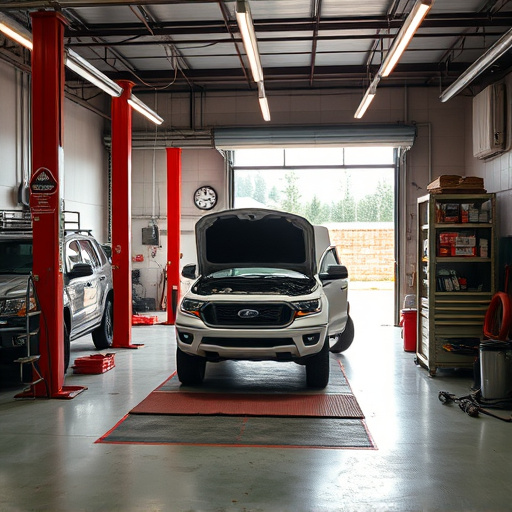
During a Tesla totaled vehicle assessment, a comprehensive diagnostic scan collects crucial data about the car’s condition. This process involves advanced scanning tools that capture detailed information from various systems within the vehicle, including engine performance, electrical components, and safety features. The data collected goes beyond basic mileage and odometer readings; it includes diagnostics on sensors, modules, and other electronic control units (ECUs).
The scan also assesses any reported or latent car damage repair needs, such as scratch repairs or auto body repairs. It identifies issues related to airbag systems, anti-lock braking mechanisms, and other critical safety components. By analyzing this data, professionals can accurately determine the extent of the vehicle’s damage, aiding in informed decisions for its future use, reconstruction, or disposal.
Interpreting Results and Repairing Your Tesla After Totaling
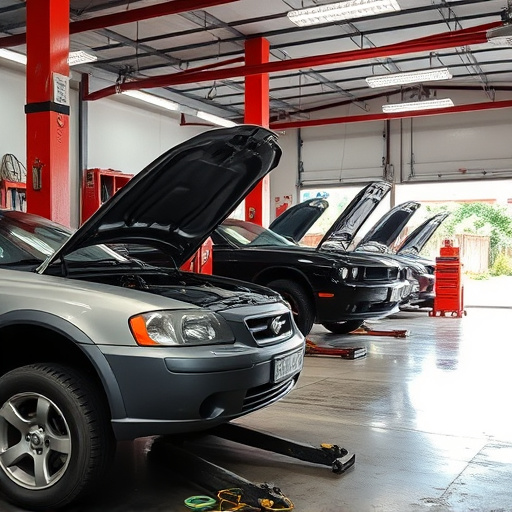
Interpreting Results from a Tesla Totaled Vehicle Assessment
Once you’ve received your Tesla totaled vehicle assessment, the next step is understanding the findings. This report will detail any damage to your vehicle’s structure, electrical systems, and components, providing insights into what needs repairing or replacing. Pay close attention to sections noting body panel damage, frame integrity, and component functionality, as these areas are critical for safe operation and resale value.
Repairs involve both specialized auto body services and advanced diagnostic scans. For extensive damage, consider a comprehensive collision repair process that includes car restoration techniques. Reputable shops will use state-of-the-art equipment to ensure precise alignment, correct any structural issues, and restore your Tesla to its pre-accident condition. Remember, proper repairs are crucial for safety, resale value, and the longevity of your electric vehicle.
A thorough understanding of Tesla’s totaled vehicle assessment process is essential for owners navigating the aftermath of an accident. By familiarizing themselves with the data collected during diagnostic scans and interpreting the results, owners can make informed decisions regarding repairs. This enables them to restore their Teslas to pre-accident condition efficiently, ensuring both safety and satisfaction in the repair process.



